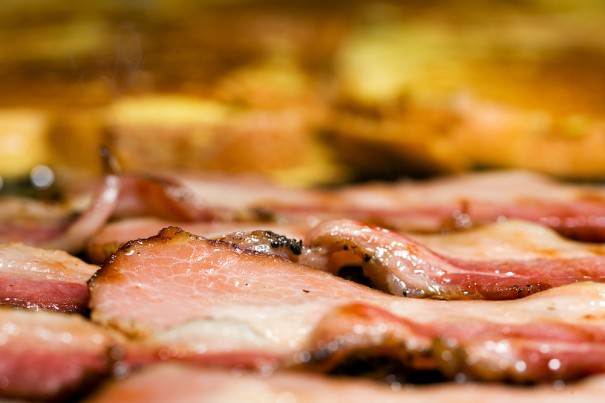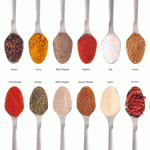
Did you know that on September 3rd, we celebrate the International Bacon Day. Image: Shutterstock
Mystery of the green bacon solved.
You’ve heard of green eggs and ham, but have you ever wondered what gives your bacon that greenish sheen. Even more importantly, is it safe to eat?
A team of scientists from the University of Oklahoma, US, have determined that what you are seeing is an unusual chemical reaction between myoglobin (an iron- and oxygen-binding protein found in muscle tissue) and nitrite.
Nitrite, which is produced naturally in the body, has been used to preserve meat for centuries. It greatly delays the development of botulinal toxin (botulism), develops cured meat flavour and colour and slows down the development of bad odours during storage.
According to researchers, a simple chemical process between nitrite and myoglobin, which inhibits the flow of oxygen in the blood and degrades the blood protein haemoglobin, causes the blood to turn from red to green. By identifying the degraded blood components, researchers are able to characterise the related green pigment seen in bacon and other meats.
So does this mean we shouldn’t eat it? As well of all nitrite’s preservation benefits, when used improperly, nitrites create cancer-causing chemicals, a concern for any consumer. Whether discolouration of bacon is an indication of cancer-causing components is still unknown. However George Richter-Addo and his colleagues from the University of Oklahoma have taken an important step in understanding nitrite’s interaction with myoglobin compunds by fully characterising the structure of “˜nitrite burn’ using single crystal x-ray diffraction.
“Knowing the structure gives us very good hints on where we should proceed with looking at how it will react with other constituents present in the body,” Richter-Addo explained.






